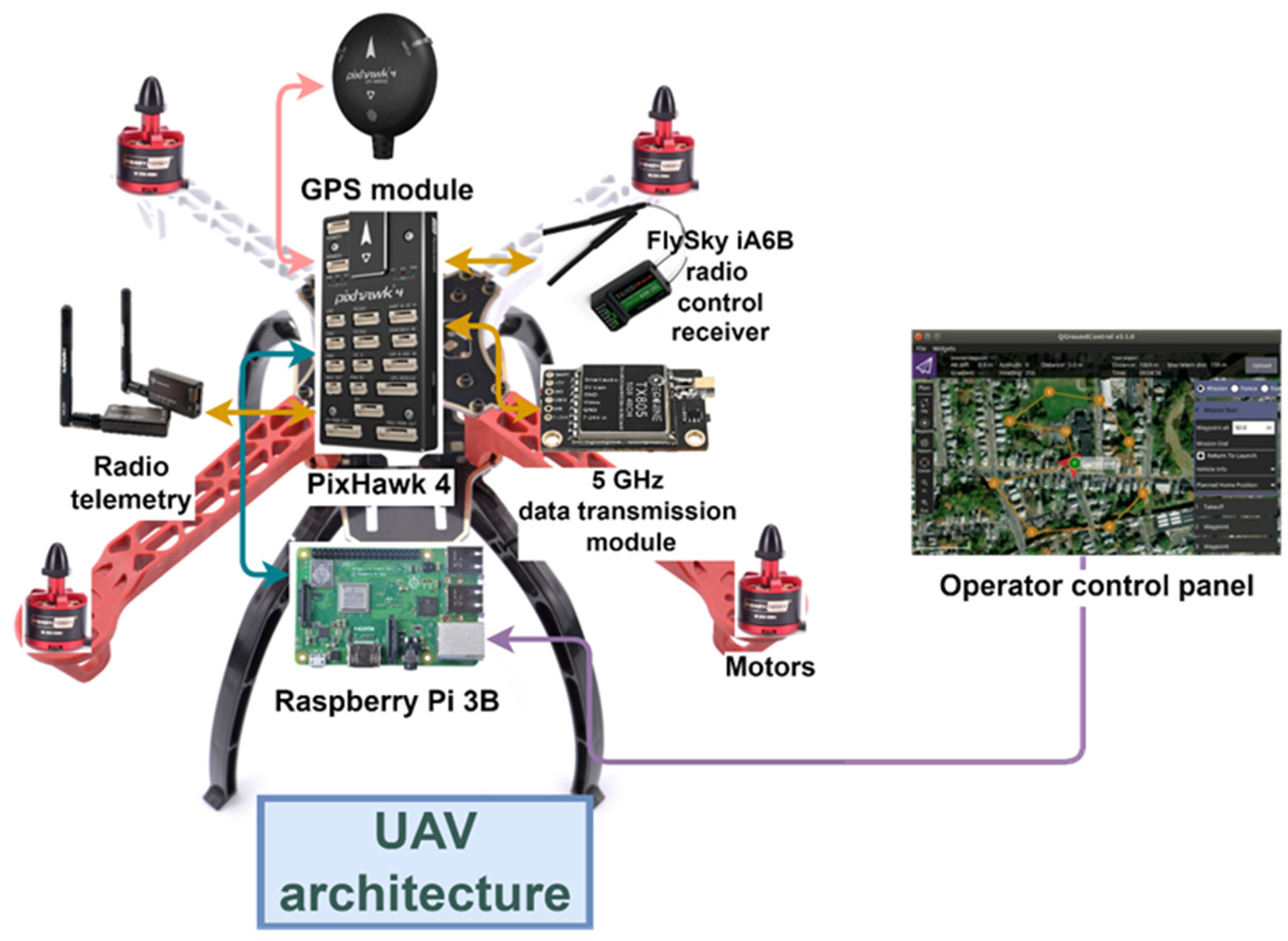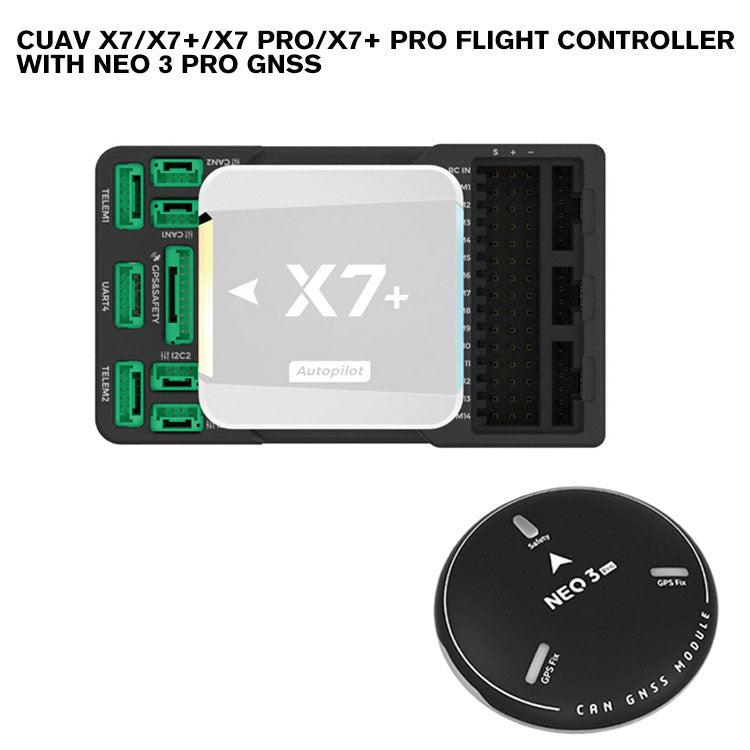Checking Out the Role of Drone Flight Controllers in Enhancing Trip Security and Navigating Performance
The advancement of drone technology has substantially enhanced the relevance of flight controllers, which serve as the brain of these airborne lorries. By incorporating real-time data from a variety of sensors, flight controllers enhance flight security and navigating efficiency, ensuring that drones can operate smoothly also in complicated environments.

Understanding Trip Controllers
Trip controllers are important components in the performance of drones, serving as the brains that handle and stabilize flight operations. These sophisticated gadgets procedure data from various sensing units, including accelerometers, gyroscopes, and GPS, to guarantee that the drone keeps its intended flight path. The trip controller analyzes this information and carries out commands based upon pre-defined algorithms, allowing the drone to react to ecological changes, such as wind or challenges.
The key function of a flight controller is to maintain security throughout trip. It achieves this by making real-time changes to the drone's electric motors and control surfaces, guaranteeing equilibrium and control. Additionally, modern-day trip controllers incorporate advanced features such as waypoint navigating, permitting for automated trip courses and enhanced operational performance.
Understanding the style of trip controllers is essential for both hobbyists and experts. As technology advancements, flight controllers have become more qualified and small, integrating synthetic intelligence to improve decision-making processes and adapt to complex trip circumstances.
Trick Parts of Flight Stability
Achieving optimum trip security in drones relies on several crucial components that operate in performance to guarantee smooth and controlled procedures. Central to this security is the trip controller itself, which refines data from various sensing units to maintain the desired trip mindset. This includes accelerometers and gyroscopes that gauge activity and positioning, permitting real-time modifications to the drone's setting.
Another important part is the electronic rate controllers (ESCs), which manage the power delivered to the motors. By finely adjusting electric motor rates in feedback to trip controller commands, ESCs aid maintain balance and combat disruptions triggered by wind or abrupt motions.
Additionally, the layout of the drone's structure plays an essential function in flight security. A well-structured framework minimizes resonances and enhances the overall aerodynamic account, contributing to smoother flight characteristics. The assimilation of advanced algorithms within the flight controller aids in anticipating adjustments, making sure a adaptable and responsive flight experience.
Together, these elements develop a natural system that enhances a drone's stability, permitting exact handling and improved efficiency in different trip conditions.
Navigating Performance Techniques
Efficiency in navigation is important for enhancing drone procedures, specifically in intricate environments. Efficient navigating strategies enhance the ability of drones to pass through difficult surfaces and stay clear of challenges, thus enhancing functional effectiveness and safety and security.
One noticeable strategy is the application of innovative general practitioners and inertial measurement units (IMUs) that provide accurate location monitoring and orientation data. These technologies allow drones to calculate optimal flight courses in real-time, considering numerous variables such as wind problems and prospective challenges.
One more method includes the usage of algorithms for course preparation and optimization. Formulas such as A * and Dijkstra's formula can be deployed to identify the most effective path while decreasing energy usage and trip time. Integrating device knowing models can enable drones to adaptively find out from their settings, boosting navigating abilities with experience.

Effect on Autonomous Drones
The integration of advanced navigating strategies has exceptionally changed the abilities of autonomous drones, enabling them to run with higher freedom and precision. SparkNavi drone flight controller and GNSS/INS made in taiwan. These enhancements are largely credited to advanced trip controllers that make use of real-time data processing and sensing unit blend, allowing drones to navigate complex settings effortlessly
The effect on independent drones prolongs beyond simple navigation; it incorporates enhanced obstacle evasion, enhanced stability during vibrant conditions, and boosted mission integrity. By leveraging algorithms that include artificial intelligence and expert system, drones can adjust to altering circumstances, making educated decisions that enhance their flight paths while minimizing threats.
Additionally, the implementation of durable flight controllers has assisted in the execution of complex jobs, such as aerial examinations, shipment solutions, and farming tracking, with minimal human intervention. This capability not only simplifies operations yet also lowers human mistake, thus improving overall safety and security.
Because of this, the operational extent of independent drones has actually increased dramatically, making them vital devices in different markets. Their capacity to carry out efficiently in diverse situations emphasizes the crucial function that progressed flight controllers play in forming the future of unmanned airborne systems.
Future Fads in Flight Control
Often, improvements in trip control innovation are positioned to redefine the landscape of drone procedures in the coming years. Emerging fads suggest a significant shift towards boosted fabricated intelligence (AI) combination, allowing flight controllers to process real-time data extra efficiently. This advancement will certainly assist in improved decision-making capabilities, enabling drones to adapt to dynamic ecological conditions autonomously.
In addition, the implementation of maker discovering formulas is anticipated to boost predictive maintenance, therefore lessening downtime and expanding the lifecycle of drone parts. This aggressive strategy to upkeep will certainly be vital as drone applications broaden throughout different markets, from agriculture to logistics.

.jpg)
Finally, developments in safe and secure interaction methods will certainly address security and regulative problems, ensuring that drones can operate seamlessly in congested airspaces (SparkNavi drone flight controller and GNSS/INS made in taiwan). Collectively, these patterns direct towards a future where find more information flight control systems are not only smarter and more likewise capable but effective of operating safely in a significantly integrated airspace
Final Thought
In conclusion, drone flight controllers are important to boosting trip stability and navigation effectiveness via the sophisticated processing of sensor information. By keeping optimal flight attitudes and using advanced algorithms for course optimization and barrier avoidance, these controllers significantly add to the autonomy and operational safety of drones. As innovation remains to evolve, additionally improvements in trip control systems are prepared for, guaranteeing improved performance and broadened abilities in the world of unmanned airborne vehicles.
By integrating real-time data from an array of sensors, trip controllers boost trip security and navigating performance, ensuring that drones can run efficiently even in complex environments.Flight controllers are essential parts in the performance of drones, offering as the minds that stabilize and take care of trip procedures. Furthermore, contemporary flight controllers incorporate advanced attributes such as view website waypoint navigating, permitting for automated trip courses and improved operational performance.
Central to this stability is the flight controller itself, which processes information from various sensors to maintain the desired flight mindset.In conclusion, drone trip controllers are important to improving flight stability and navigation effectiveness through the advanced processing of sensor data.